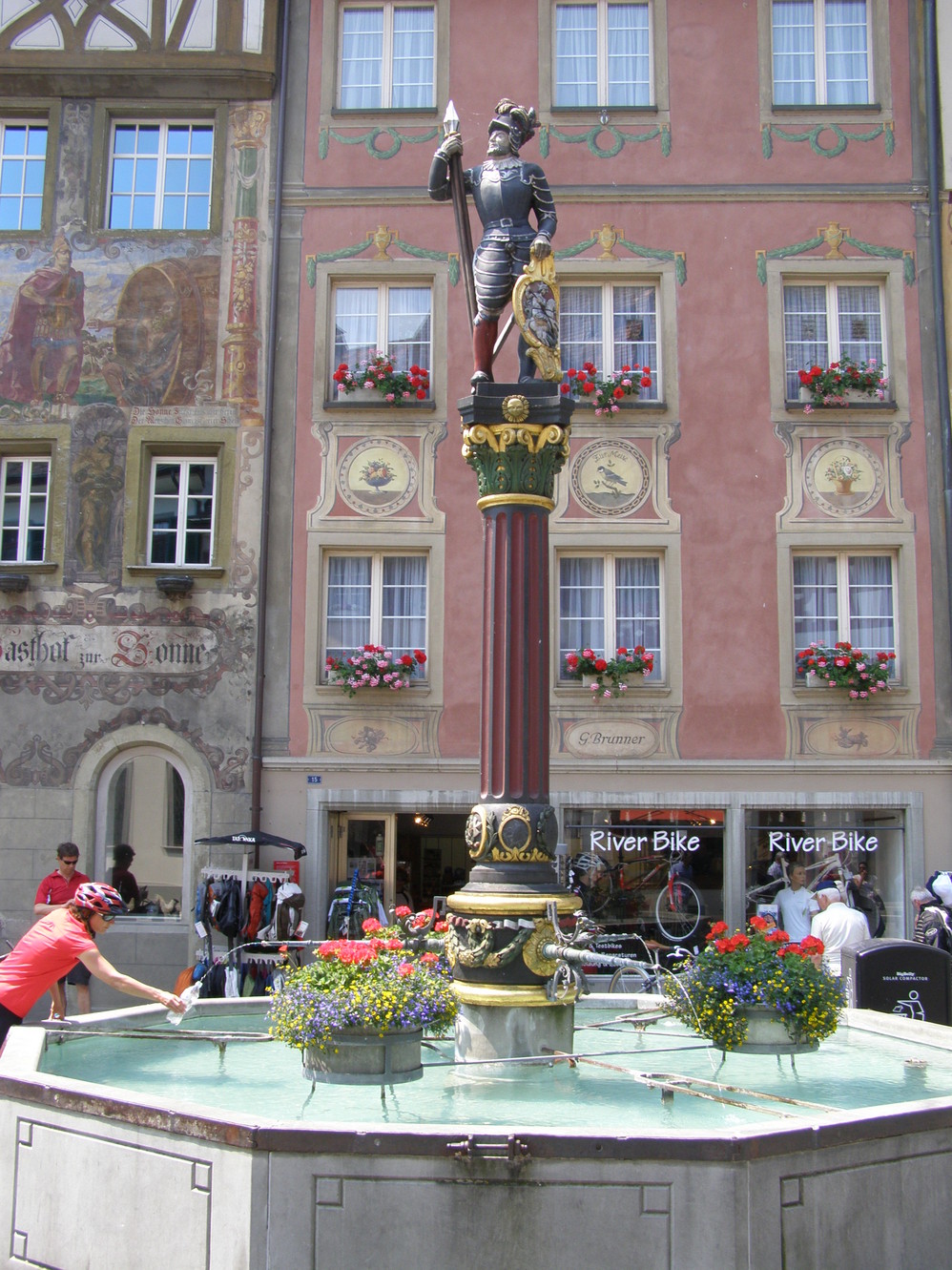fort abercrombie
5A地址: 暂无
开放时间: 暂无

更多热门城市
景点点评
This is the place the last battle of the Dakota War of 1862 was fought. They have an excellent program there. Really a great place for disabled people to visit because they have golf carts to use while they give the tour. They have this retired Lutheran minister by the name of Paul Nelson that is an interpreter that gave us the tour. I would have to say that he knows more about the Indian wars than the modern Indians do! Not kidding. The cost of the experience is very cheap, I can't remember off hand, but I know Paul will not pass the collection plate around after he is done. I give them 5 thumbs up as a must see place.....
We had a fun afternoon with the kids in Abercrombie - and the best part was Fort Abercrombie. With paid admission, they will take you on a golf cart around the grounds for a good 45 or so minute tour. It was good, lots of great info about the history of the area and the fort itself. Plan to spend an hour at least if you go on the guided tour.Also in Abercrombie is the old museum across the road, which is free, along with a little park and picnic grounds.
Fort Abercrombie located about 35 miles south of Fargo is a great historic place to bring your family. The original fort and many of the out buildings still exist and nothing better than thinking how this fort served back in the development of North Dakot and the region. This outpost was built in the 1850's and served as a hub for traders, stagecouch and military. Kids can play in the corner buildings and the caves near the river. Scratch around for artifacts and play in the guard towers. They also built a visitor center a few years back and it provides information and answers to many of the historic questions about the fort!
Lots interesting and informational plaques that tell the story of the Fort during the Dakota Uprising of 1862. Recommend going in the summer, when the visitor center is open
Well worth the drive! I enjoyed it a lot. These folks know their history! There is a $5.00 admission to the museum, but the grounds are free. They have a great gift shop with good quality gifts. I will return!!
Fort Abercrombie is a bit out of the way but very worthwhile to visit. The Fort is about 30 minute drive from Fargo, North Dakota and easy to find as there are signs on I-29 advising to take the exit to the village of Abercrombie. We paid $5 for admission to the museum and a tour on a with a guide on a golf cart around the site. Our tour guide was Paul and he was very informative about the local history and the Fort. Paul made history come to life. He is a credit to the museum we really enjoyed our tour of the site with him. The museum is very interesting and takes 30 minutes to an hour to go through. If you have time for a drive in the county and see a piece of history of early settlement in the Dakotas I would recommend a stop at this historical site.
Although the city of St. Louis, Missouri has traditionally maintained its sole claim as “The Gateway to the West,” its denizens will need to move over a bit and make room for “The Gateway to the Dakotas,” in Abercrombie, North Dakota and share some of the spotlight as points of historical, cultural, and geographic interest on the North American Plains. Founded in rustic 1884 as part of the Wahpeton North Dakota-Minnesota micropolitian statistical area, the town encompasses nearly .6 square miles of land with hundreds of arable acres in the surrounding farmland and a stable population of approximately 265 residents according to the 2010 census. “Aber,” as some of the residents fondly refer to their town, sits just west of the Red River, the North Dakota-Minnesota state line within eyesight of McCauleyville, Minnesota. Along the river is where the story of Abercrombie’s inception first begins while its heritage, culture, and history that still thrive well into present day. Therefore, the seemingly humble town deserves a closer look and favorable discourse in hopes of encouraging future visitors to share in the experience of The Gateway to the Dakotas. Because it blossomed near an arterial north-flowing waterway and sits near the Lake Traverse Indian Reservation, the stages Abercrombie’s history unfolds like few others in the area and embodies a rich narrative of the Plains experience. As a check point for settlers and fur traders moving north and west from southern Minnesota throughout the mid nineteenth century, the area offered both land and boat travelers a place to dock their steamboats, ox carts, military and gold rushing supply wagons, and stagecoaches before following the river’s natural flow on north, which is still visible today from the high banks of the river. With a necessitating eye, Lieutenant Colonial John Joseph Abercrombie founded a small “slab town” along the “Aber Trail” for people migrating through the area in 1858. However, movement along the trail was not without its hazards since resources were at a premium and both internal and external threats were an ever present. In efforts to secure and protect the vital frontier point, the United State Military established Fort Abercrombie in 1861 as an American Civil War military outpost of volunteer soldiers out of Fort Snelling in St. Cloud, Minnesota of which still remains portions of the original guard house on site, recreations of block houses, and a substantial Interpretive Center with guides and golf carts for visiting the Fort Abercrombie State Historic Site and immersing themselves in its history. At the Interpretive Center, knowledgeable guides are willing to take visitors on a journey through the Fort’s narrative history and help the visitors develop a sense of what life was like in the past without stealing anything from one’s imagination. The guides also offer an in depth explanation of the six-week Siege of Ft. Abercrombie in 1862 by the native Dakota Indians and allow visitors the opportunity to see the land and structures up close without obstructive or intrusive personal perceptions. Most importantly, both the state supervisors and the Friends of Fort Abercrombie volunteer group collectively adhere to high standards of respect for the site, its interpretation, and public perception as a historically meaningful and significant place for others to come a develop a better sense for the land and people of the past. After militants abandoned the Fort in 1877, settlers still moved through the area, but not until the arrival of Don J. Clark and his brother-in-law in 1880 did the land they squatted on one mile north of the old Fort bloom into present-day Abercrombie with the town’s official induction in 1884. Like his predecessor, Lt. Col. Abercrombie, Clark operated with a keen sense of entrepreneurialism and worked in land development and carpentry and even built the first pontoon bridge across the Red River between Fort Abercrombie and McCauleyville, Minnesota. He also helped organize the first townships and schools districts around Richland County and was the first justice of the peace, a post he held 53 years until his death. Clark also took part time ownership of Hammer and Clark’s Drug Store which became one of the central social and economic institutions of Abercrombie.Although the environment and time may have absorbed many of the original structures, people of Abercrombie maintain a profound sense of self, time, place and history; all of which is reflected in the town’s local museum chalked-full of various a sundry of meaningful and significant artifacts directly relating to the material culture of the town and area. Local curators offer assistance for viewing items and maintain a working knowledge of their genealogical holdings for Norwegian, German, Irish, Swedish, English, and Czech homesteading ancestors for ones curious about their family’s past. Most importantly, residents of Aber continue to cultivate a sense of pride in their small, but historically-rich town that they are willing to share at any time of year, but also hold a variety of special events, like Aber Days in June, Civil War reenactments, Native American Scout speakers, and local celebrations on Memorial Day, July Forth, Flag Day, Labor Day, and many more; all of which remain open for the public to cross The Gateway to the Dakotas and experience the duality of small-town charm with a locally-owned grocery store and restaurant and Aber’s culturally and historically significant on-the-ground narrative.
The drive to Ft. Abercrombie is very easy. You can get to it from MN or ND. The staff is very knowledgeable about the Dakota War and the history of Ft. Abercrombie. The guardhouse and jail are original. Tall grass and wood stakes mark where the buildings were. The grounds are free. They also have a museum and you can get a personal tour via golf cart for a small fee. We did not do those since we have young kids. Well worth the drive.
Lots of interpretive panels throughout the fort. Gives you a very good idea of how life on the fort was. Great little museum and building, worth the stop. The staff was very knowledgable as well

